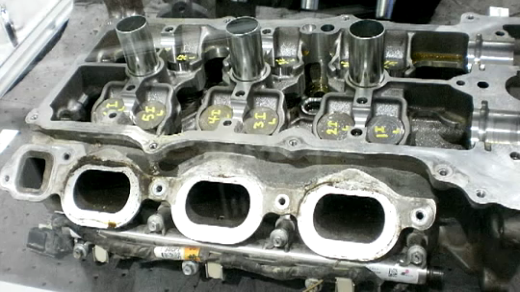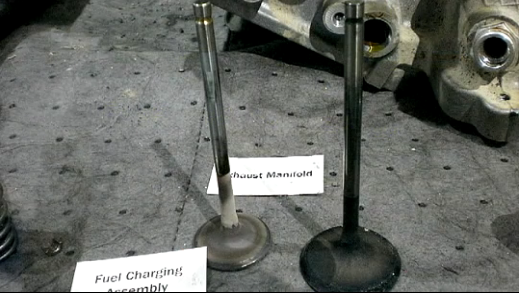Originally Posted By: dave1251
Originally Posted By: ltslimjim
Originally Posted By: INDYMAC
There are a few things that Blackstone is good at, but flash point and fuel dilution aren't included. The tip off to high fuel is the manganese. It comes from fuel additives.
Your engine is following the trademark combustion chamber and intake valve carbon build-up scenario as identified by B&G in their ecoboost engine tests (they also identified fuel dilution problems early on UOA's). It will require some cleaning.
Engine oil recommendation? Use what Ford recommends and take it back for warranty repairs when necessary.
Unfortunately, this is probably closer to being accurate IF the fuel dilution can definitely be 'confirmed'.
Originally Posted By: addyguy
Additive levels seem low for Ultra - usually, Boron is 200+, and Ca is a bit higher.
Wear metals are higher from break in, nothing to worry about.
Ultra's now 'compliant' SN formulation = weaker add pack but perhaps lower noack still? lol, okay not getting started again. Resist, resist, resist!!!
Where are you getting the information the SN additive levels are less than SM? To be honest this report looks good, given the volatility of the DI gas engines.
I was actually posing that as a question (in a way to be light hearted) as it 'appeared' weaker to me than recent Ultra UOAs and around the time of SN introduction/VOA around this time as such on this site. I am used to seeing around 3,000 ppm of calcium for one in Ultra. Where as you could have fooled me if this was stated as being PP.








